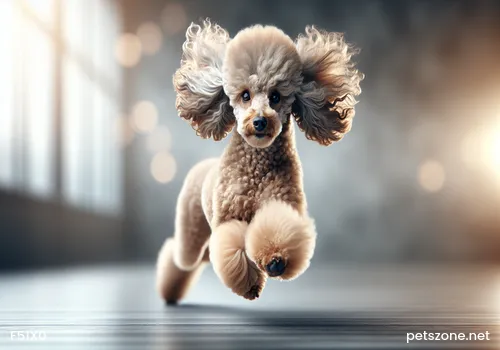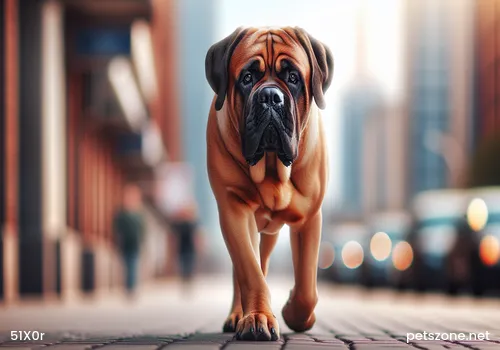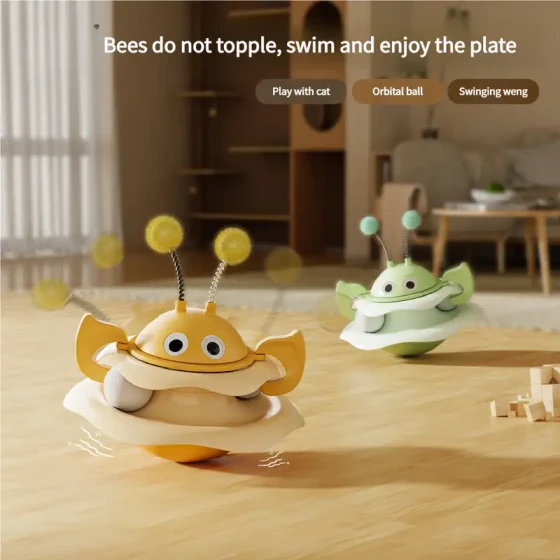Great Dane Feeding and Management

A distinctive feature of the Great Dane is its "large" size. Adult Great Danes are very tall, easily instilling a sense of awe at first sight. However, these dogs are very brave and loyal, gentle in temperament towards their owners. Furthermore, this breed is relatively easy to train and can be raised as capable and highly obedient guard dogs.
1. Selection of Great Danes
Regarding coat colors, popular ones include golden yellow, white, and black. These three colors should have a glossy shine and feel smooth to the touch. Physical appearance requirements: very thick chest, strong back, slightly rounded waist, straight limbs, flat bone structure, long and powerful hind legs. Toes tightly clenched and raised, dark-colored claws. Eyes are medium-sized, deep-set, and dark-colored. Lively and active, quick to respond, emotionally stable, friendly, intelligent, and highly alert. Conjunctiva is pink, eyes are bright without tearing, no discharge or injury scars. Nose tip is moist and cool, without serous or purulent discharge. Mouth is clean and moist, mucous membranes are pink, no tongue coating or bad breath, no skin diseases externally.
2. Feeding Great Danes
Usually, dog food is the main diet; occasionally feed some liver, but never frequently. Meals should be at fixed times and places; during growth, calcium supplementation is important to prevent skeletal problems. Feeding during pregnancy and lactation: Female Great Danes must be dewormed before mating. During the first 30 days of pregnancy, when the fetus is still small, no special feed is needed for the female dog. After 30 days, the fetus develops rapidly, increasing nutritional demands, so the female should be fed three times a day with adequate protein-rich food, calcium, and vitamins. After 50 days of pregnancy, as the fetus grows and fills the abdominal cavity, feed smaller meals more frequently. From 5 days before giving birth to 20 days after, sufficient lactation food must be provided.

Do not neglect calcium supplementation during the growth period
Puppy care: When the female gives birth, there should be two or more caregivers. Newborn puppies must receive the mother's colostrum within one or two minutes after birth. Each puppy should be licked by the mother to clean off the blood. If some puppies do not breathe or cry immediately, indicating apparent death, position their heads downward, gently shake their bodies left and right, and apply rhythmic chest compressions. If breathing or crying does not start, use human mouth suction to remove amniotic fluid from the puppy's mouth and nose, then perform artificial respiration continuously for 3-4 minutes until the puppy begins breathing. Then place the puppy with the mother for warmth. If the mother cannot bite through the amniotic sac at birth, scissors should be used to cut the membrane to free the puppy. If the mother cannot bite off the umbilical cord, cut the cord 2 cm from the navel with scissors. Puppies must be monitored around the clock for the first few days to prevent crushing or trampling by the mother.
After 2 months of age, Great Danes grow rapidly, with monthly weight gains of 7–8 kg. Calcium supplementation is particularly necessary during this period. Ensure the dog gets some sunlight and appropriate exercise.
3. Perform Daily Management Well
To protect the dog from viral infections, vaccinations are essential. The first vaccination can be given when the puppy reaches 40 days old. In the first year, get vaccinated three times, then once a year thereafter. Maintain cleanliness, perform deworming regularly, and ensure the dog's health is well maintained.

-560x560.webp)

-560x560.webp)